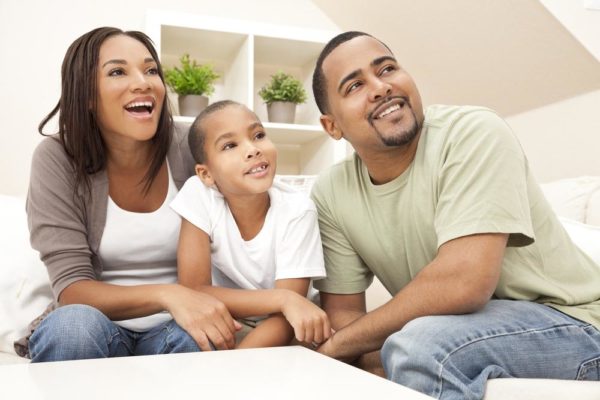Features
Olajumoke Awosemo: How Do Smart Parents Keep Up with Their Smart Kids?
 In today’s fast paced world, youngsters use several digital devices almost constantly. It’s either they are playing games on a pad or laptop; they are constantly texting a particular person(s) or posting pictures to social media on their smart gadgets. Other severe scenarios include watching pornography, cyber bullying strangers and contacts or chatting with potentially dangerous people.
In today’s fast paced world, youngsters use several digital devices almost constantly. It’s either they are playing games on a pad or laptop; they are constantly texting a particular person(s) or posting pictures to social media on their smart gadgets. Other severe scenarios include watching pornography, cyber bullying strangers and contacts or chatting with potentially dangerous people.
With this is mind, parents and guardians are petrified about the “who, what, when, where, and why” of their kids on the digital devices. Are they spending too much time online? Are they staying up late to keep up with whatever it is they are doing? Are they involved in age-inappropriate activities or giving out too much personal information? The truth is that no matter how attentive a parent is, you can’t hover at a child’s side 24/7.
So what’s a smart parent to do?
Well, in a technology-driven world, good parenting begins with having open, honest, on-going discussions about behaviors that are and are not acceptable. These non-judgmental, open-ended conversations are the foundation of good parenting on any and every topic which may include doing homework and house chores, being responsible and taking responsibility for actions, choice of friends and meaning of friendship, bullying etc. Parents should initiate and talk about these things before the children get information about them on the street or in the schoolyard. For instance, before your child notices that your permissive neighbour’s kids are allowed to send texts at the dinner table or video chat until the wee hours, you must have explained to him that such behaviours are not acceptable in your own home.
Asides from having the regular non-judgmental on-going conversations, smart parents are also installing parental control software on the kids’ digital devices. This too is an opportunity for open communication as many parents often decide to do this covertly. Ideally, both the parents and children need to understand that protective software products are not about spying on kids or trying to control them, but are meant to protect children from inappropriate content and contacts. Parents need to bring their children into the conversation, asking for and taking into consideration their child’s input about the level of filtering/blocking, time constraints on device usage, and parental monitoring and notifications.
It is key for parents to understand that not all parental control software has the same features or does the same job, so it is important to seek expert advice and consider what features they really want. The options include- customizable filtering and blocking; secondary filtering & blocking; time management control of the total amount of time each day or week that they have been online; monitoring & reporting (websites visited, apps used, IM chats, downloads); compatibility (not every software works on all gadgets)
It is critical to bear in mind that no parental control software is infallible. Many kids can find their way around even the most sophisticated products if they really want to or they can use a friend’s non-restricted device and may even buy a new device and use it in secret. In short, protective software should not be regarded as enforcers of parental will, but as a tool of effective parenting – best used in conjunction with an on-going series of open-minded, conversations about the healthy use of digital technology.
Photo Credit: Darren Baker | Dreamstime.com























